1. Irvine, California

Irvine advertises itself as this master-planned, happy-village-like place, with families in mind. Yet for many, the neat grids and HOA rules can feel like standardized isolation—as if community is something you can only buy. Schools are amazing, parks are pristine, but spontaneous neighborly connections? Not so much. It’s polished; beautiful; friendly—for the right kind of friendliness.
Beneath the surface, people talk about being ‘town-square connected’ but ‘cul-de-sac lonely.’ The design fosters efficiency and safety, not serendipity. You might wave at your neighbor over hedges but never chat long as you drive off. Irvine’s idyllic branding is real—just curated to the point of emotional separation.
2. Naperville, Illinois
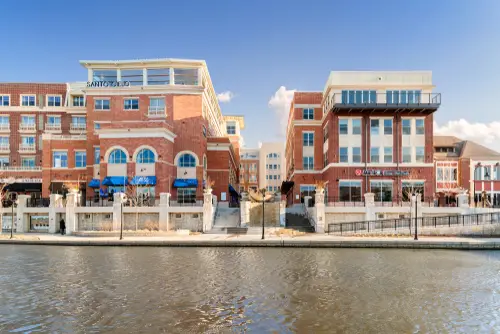
Naperville feels like a Midwestern small town in suburban clothes, with a charming downtown and riverwalk pages in lifestyle magazines. But once you’re past the strip of cafes, much of the suburb is tunneled off behind cul-de-sacs or arterial roads. People talk about “everyone lives here” but “nobody truly lives here” outside of structured events. Deep down, the civic pride is there—but consistently channeled into facilities, not friendships.
You’ve got great schools and local festivals lighting things up, yet your day-to-day may lack small-scale neighbor warmth. A block party? Sure, but usually organized by the city, under permits, rather than organic. It’s orderly, safe, and couldn’t be more suburban—just not cozy. Community in Naperville is present—but delivered on a schedule, not discovered over a backyard fence.
3. Bellevue, Washington
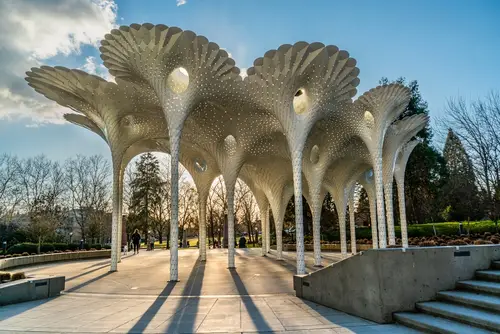
Bellevue has a sleek, modern downtown vibe, with green spaces and urban-suburban balance. Still, many residents describe feeling disconnected, especially newcomers, who face a mix of high-rise coldness and isolated single-family homes. The marketing says “dynamic yet intimate”—and there’s truth there—but it’s designed, not spontaneous. Connectivity comes in the form of shuttle routes and mall corridors rather than front-yard chats.
There’s money, there’s polish, yet there’s often a cultural distance. Bellevue’s talents-and-tech attractions draw diverse people, but also create shift-workers hopping in and out. A foothold doesn’t mean roots. It’s a powerful place to live—but one where community feels like a checkbox on a planning brochure.
4. Lexington, Massachusetts
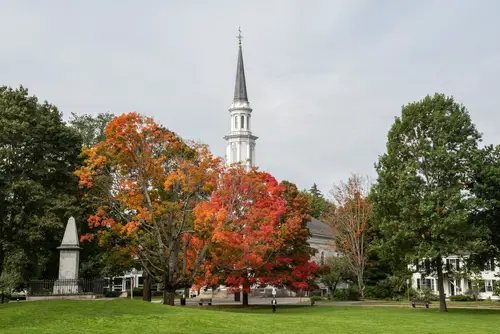
Often uplifted for its Revolutionary-era charm, Lexington leans into a communal, historical identity. Still, its high housing prices and commuter-town character mean many residents are fiscally part of the town, but practically always in transit. Locals might wave at you on the green, but catch them when they’re not rushing to the Red Line or I-95—infrequently. The history is unifying, but modern lives? They’re split among jobs, kids, and traffic lines.
Underneath all the preservation, real bonds also rely on schedules. Events happen—but only within tight time-slots in Lexington Center or at town-organized gatherings. Immigrants and couples starting out may feel out of the loop unless they lean in hard. The place markets deep roots—but not everyone feels planted.
5. Reston, Virginia
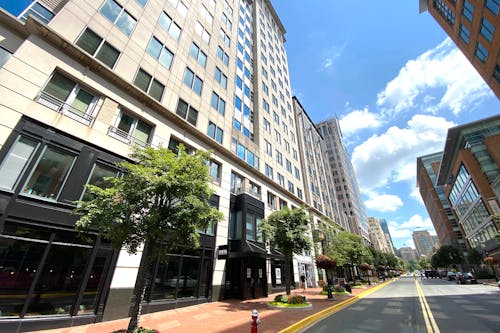
Reston was planned on vision and neighborhood clusters, with shared green spaces and pools. In reality, these amenities can feel regimented, with sign-ups and fees turning organic community into something transactional. The mantra “Live, Work, Play” is everywhere, but most people compartmentalize—it’s a commuter’s choreography. You see neighbors at the rec centers, not in their driveways.
Beyond the promise, clustering doesn’t equal closeness. Neighborhoods look neat, bounded by paths, but privacy fences and HOA regulations often prevent spontaneous porch-talk. There’s structure, but that structure can be stifling. Reston’s blueprint for connection is real—but connection itself often feels self-managed or scheduled.
6. Plano, Texas
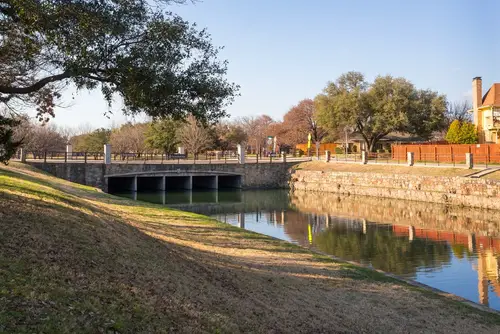
Plano boasts charming, master-planned neighborhoods and a reputation for strong schools and community values. But those neighborhood associations and gated enclaves can feel like social barriers dressed in manicured lawns. Casual hangouts are often inside country clubs or strip-mall Starbucks—not on sidewalks. You might know the HOA board by name, but not the family across the street.
There’s pride in safety and stability here, local festivals and church groups humming. Yet if you’re not plugged into one of those institutions, life can feel typecast. The community is there—but defined more by institutions than everyday spontaneity. Plano markets with that family-friendly glow—but in practice, it can feel institutional.
7. Carmel, Indiana
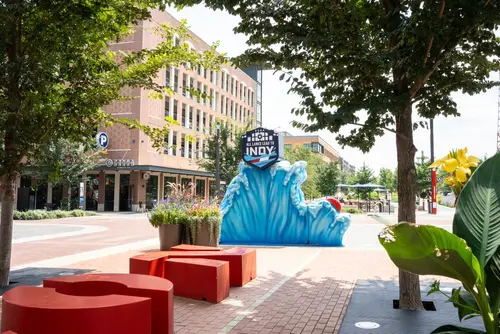
Carmel swags itself as having one of the best downtowns in America, artsy and curated. But beyond the cultural corridor, the quiet residential streets feel disconnected—neatly trimmed, but emotionally distant. There’s public art and roundabouts, yet residents often describe the community as “visually beautiful, socially sparse.” Feel‐good architecture doesn’t automatically enable neighborly vibes.
You’ll encounter many events—jazz festivals, gallery nights, municipal concerts—but they tend to be public performances, not neighborhood barbecues. Friendships usually begin with organized groups or schools, less by chance. Carmel’s branding as charming and communal is accurate—just a little staged.
8. Westlake Village, California
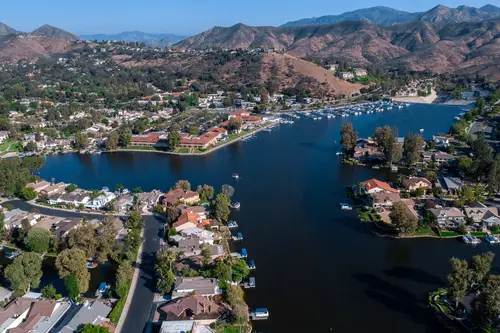
Framing Westlake Village as luxurious and community-oriented is easy with its lakeside trails and gated enclaves. Even so, that exclusivity breeds circle-living: your neighbors are your neighbors because geography—not because of shared barbecues or school carpools in many cases. The villa aesthetic is pristine, but that doesn’t guarantee welcoming front porches. You get the façade of closeness, but the feeling often ends at the gate.
Family events happen at HOA halls or golf-club greens, not impromptu street gatherings. People move here for quiet, not chatter. Warmth comes in scheduled doses—precisely by design. Community is on display—but not often in your driveway.
9. Scarsdale, New York
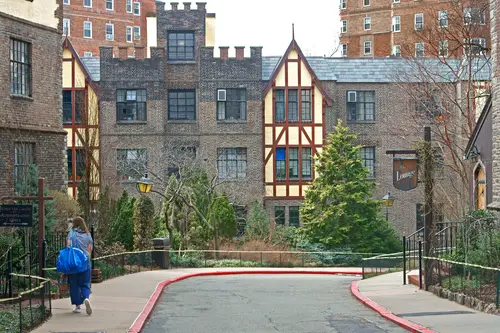
Scarsdale’s reputation as affluent, educationally ideal, and subtly communal runs deep. But its wealth and prestige also shape circles around privilege—making genuine connection tougher if you’re not on the exact social wavelength. You’ll find perfect walkable streets and village centers, yet folks often keep to their private clubs and school-linked networks. Beneath the perfection, there’s a formality to neighborly interaction.
Shared identity exists—among a narrow slice. But missing the right clique or alumni chain can mean feeling peripheral. Community works—just on its own terms. Scarsdale markets its coherence—but that coherence is selective.
10. Palo Alto, California

Palo Alto thrives on tech, innovation, and civic pride—with cultural festivals and farmer’s markets galore. Still, the pace and socioeconomic divides create a sense of isolation for those not already embedded in the Stanford/tech ecosystem. You might jog past someone you admire—and still feel worlds apart. Community is there—if you can solve the entry puzzle.
Pressures are high; routines packed; social opportunities often revolve around work or elite schools. Newcomers may struggle to connect while trying to just keep up. There’s pride in innovation, but also silos. Palo Alto sells itself as warm and vibrant, but underneath it can feel like clubs you don’t yet belong to.
11. Rye, New York
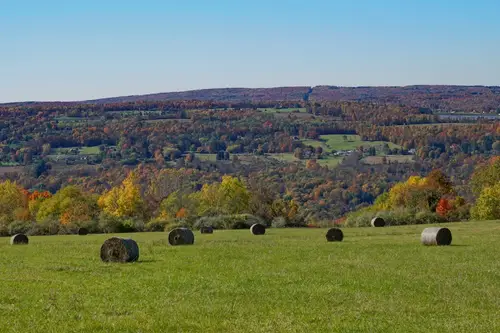
Rye pitches charming coastal life and longstanding family ties. That charm disguises how insular it can feel—many families here have generations in town, and outside newcomers often sense the implicit history gap. The town has lovely commuter-friendly features, but social life often orbits longstanding cliques. You get scenic walks but not always neighborly inviting smiles.
Events are orchestrated by old-guard groups, subtly excluding fresh faces. The value lies in history—which doesn’t translate easily to new connections. Small-town branding doesn’t equal inclusivity. Rye feels rooted—but newcomers may feel like guests.
12. Cherry Hill, New Jersey

Cherry Hill grows from a classic Philadelphia suburb with malls and family zones. But its sprawling layout and commercial corridors overshadow walkable community flow. You go somewhere to shop, learn, or live—but rarely to just meet. The town is functional, well-grown, but not always friendly in proximity.
Neighborhoods are stable but private; you know your block, not your town. Events are venue- or institution-driven rather than spontaneous gatherings. Community is stocked, but not stumbled upon. Cherry Hill markets comfort—but social comfort may be synthetically arranged.
13. Greenwich, Connecticut

Greenwich is the picture of coastal prestige—yacht clubs, luscious parks, and town center bustle. Still, that polish often translates to social quiet, where people value privacy and exclusivity over spontaneous reconciliation. Walkable lanes exist, but they’re often traversed separately. Community is curated—one handshake at a time.
Networks operate in wealth-linked or school-linked or club-linked circles, with gatekeeping subtle but present. You feel connected when you’re “in,” invisible when you’re “out.” Greenwich looks effortlessly communal; it often is—selectively.
14. Bethesda, Maryland

Bethesda shines with urban-agile suburban health—plenty of shops, transit, and sidewalks. Yet its affluence also breeds socially high-barriers; people are plugged in through work or school, not casual park meet-ups. You’ll mingle in the café—but not much on the sidewalk. Community is present; connection is on-schedule.
Events are curated, street life is styled, but spontaneous neighbor beginnings feel uncommon. Schedules rule social life here. If you don’t slot in via PTA or club, weekends can feel static. Bethesda markets the convenience of close-knit living—though the knit may be tightly weaved.
15. Boulder, Colorado
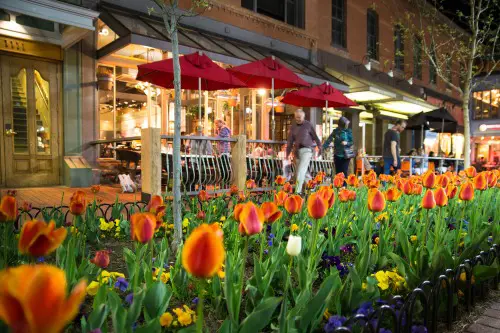
Boulder famously pitches that “town meets outdoorsy community” charm with trails, co-ops, and local markets. Even with all the hiking groups and yoga classes, many people say real connection still takes intention—not just proximity. There’s a lot to do, a lot to join—but that doesn’t guarantee someone knocks on your door. You’re surrounded but not always included.
Friend-making may start with shared gear or fitness events—but often end there. The philosophy’s communal, but your daily rhythm may feel lonely if you’re not already in a crew. Boulder’s branding of open, healthy togetherness is strong—but personal warmth sometimes remains elective.
This post 15 Suburbs That Market “Community” But Feel Completely Isolated was first published on Greenhouse Black.
